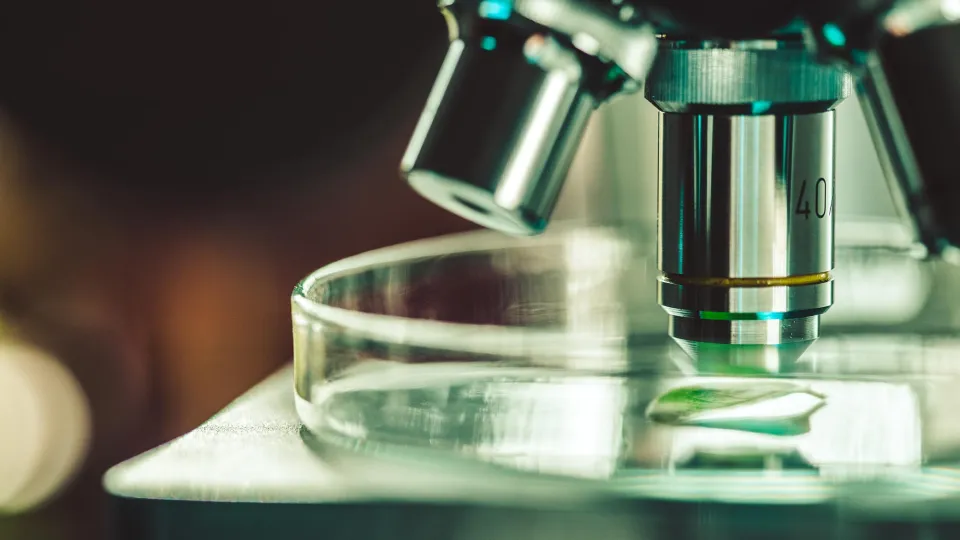News Brief
New Technique Advances Study of Leprosy
June 13, 2025

Leprosy is an ancient scourge that continues to affect hundreds of thousands of people worldwide, mainly in developing countries. The disease often leads to severe and lifelong disabilities. Caused by the bacterium Mycobacterium leprae, leprosy can be treated with multi-drug therapy that must last for up to a year. The search for better treatments is hampered by the fact that M. leprae has proven impossible to grow and study in the laboratory; instead, it must be cultivated in animal models such as armadillos and nude mice, in which it grows extremely slowly—severely hindering understanding of M. leprae’s biology and how it interacts with its hosts.
In a study published online on June 11 in Proceedings of the National Academy of Sciences, William R. Jacobs Jr., Ph.D., and colleagues report developing a method for inserting genes into M. leprae, using mycobacteriophages—viruses that infect mycobacteria. Use of this method enabled the researchers to develop a rapid two-day assay to screen for anti-leprosy drugs—a major improvement over traditional, lengthy techniques. In addition, the researchers successfully inserted a luciferase reporting gene into M. leprae, allowing them to track the bacteria’s growth inside living organisms using an in vivo imaging system. These advances could help accelerate the development of new drugs and vaccines for leprosy.
Dr. Jacobs is the Leo and Julia Forchheimer Chair in Microbiology and Immunology and professor of genetics and of microbiology & immunology at Einstein. Lahari Das, Ph.D., a research fellow in Dr. Jacobs’ lab, is the first author on this study.



